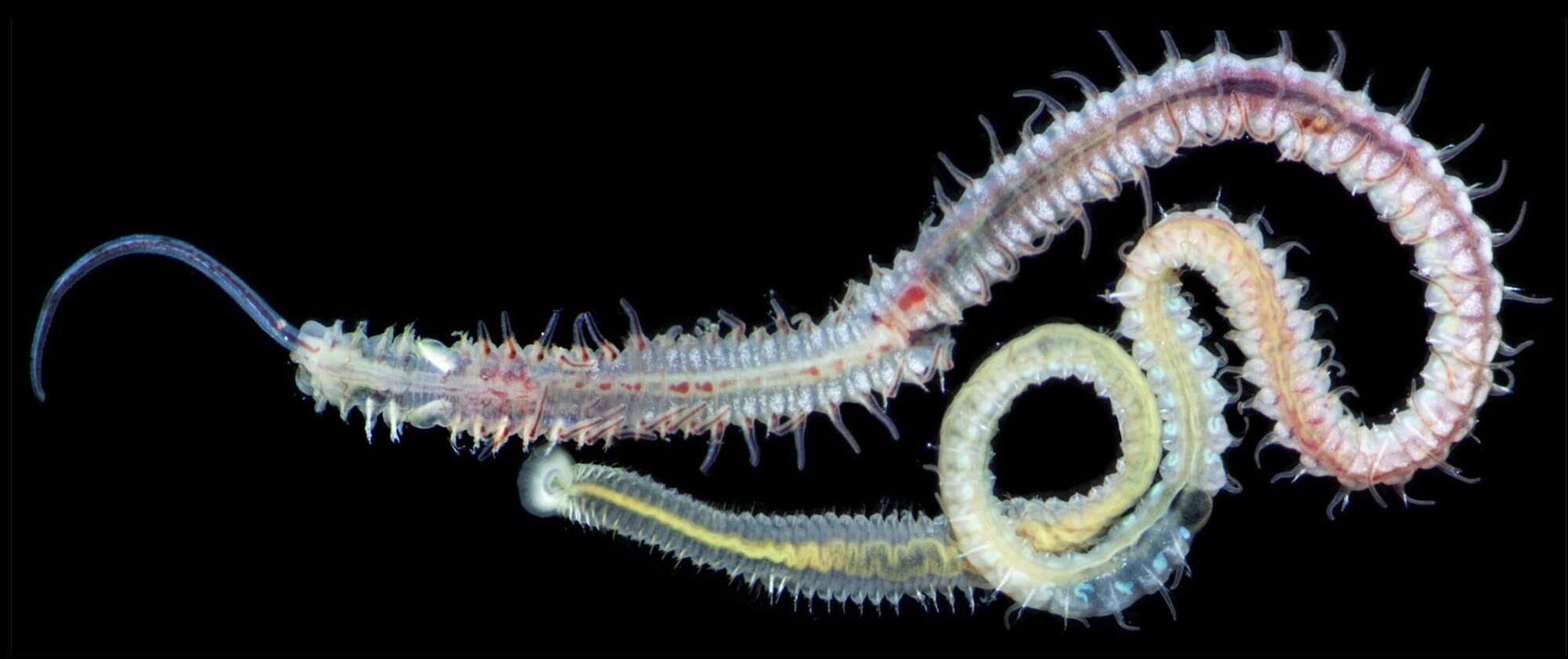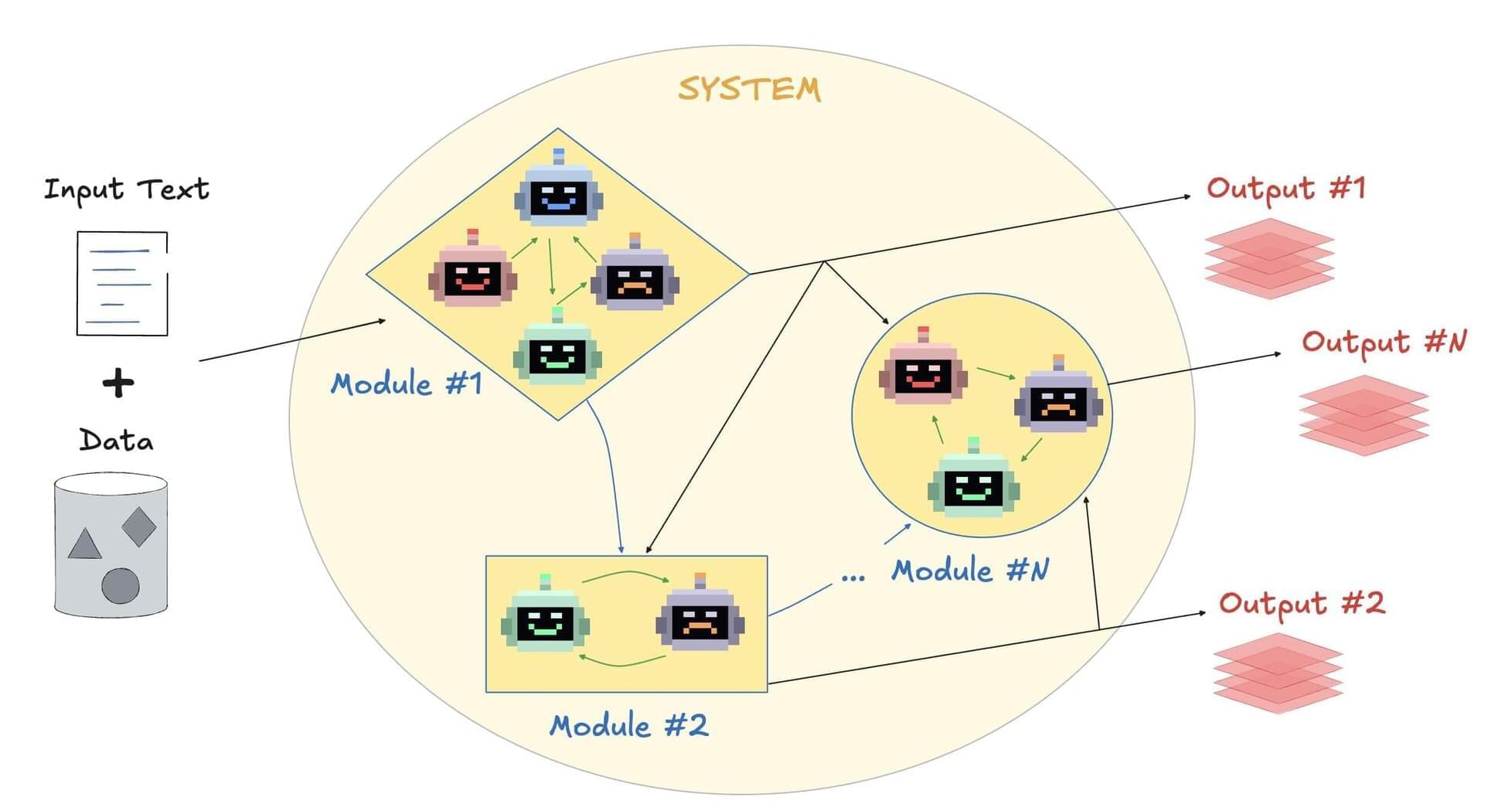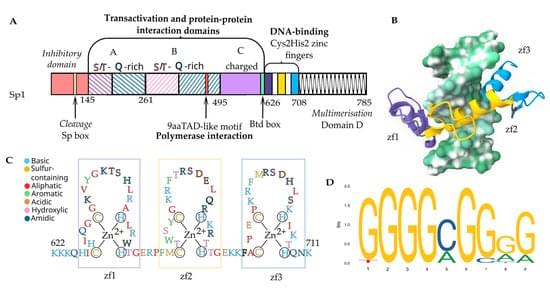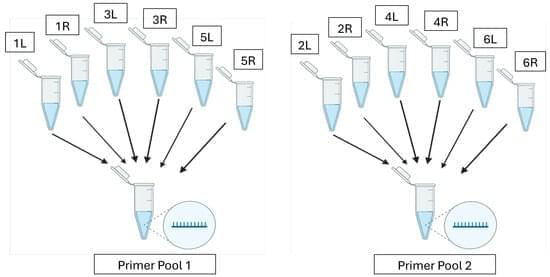PEGATRON’s arrival marks a turning point not only for Georgetown, but for the broader Central Texas innovation corridor. The Taiwan-based technology giant, known for designing and manufacturing everything from laptops to automotive electronics, already plays a quiet but massive role in powering many of the world’s best-known tech brands.
According to PEGATRON Corporation, their focus on smart manufacturing and artificial intelligence solutions has made them one of the world’s top players in electronics and computing systems.
When Hello Georgetown first reported PEGATRON’s interest in a U.S. facility earlier this year, the discussion centered on shifting global supply chains and the growing desire to bring advanced production closer to U.S. customers. That conversation has now become reality.







